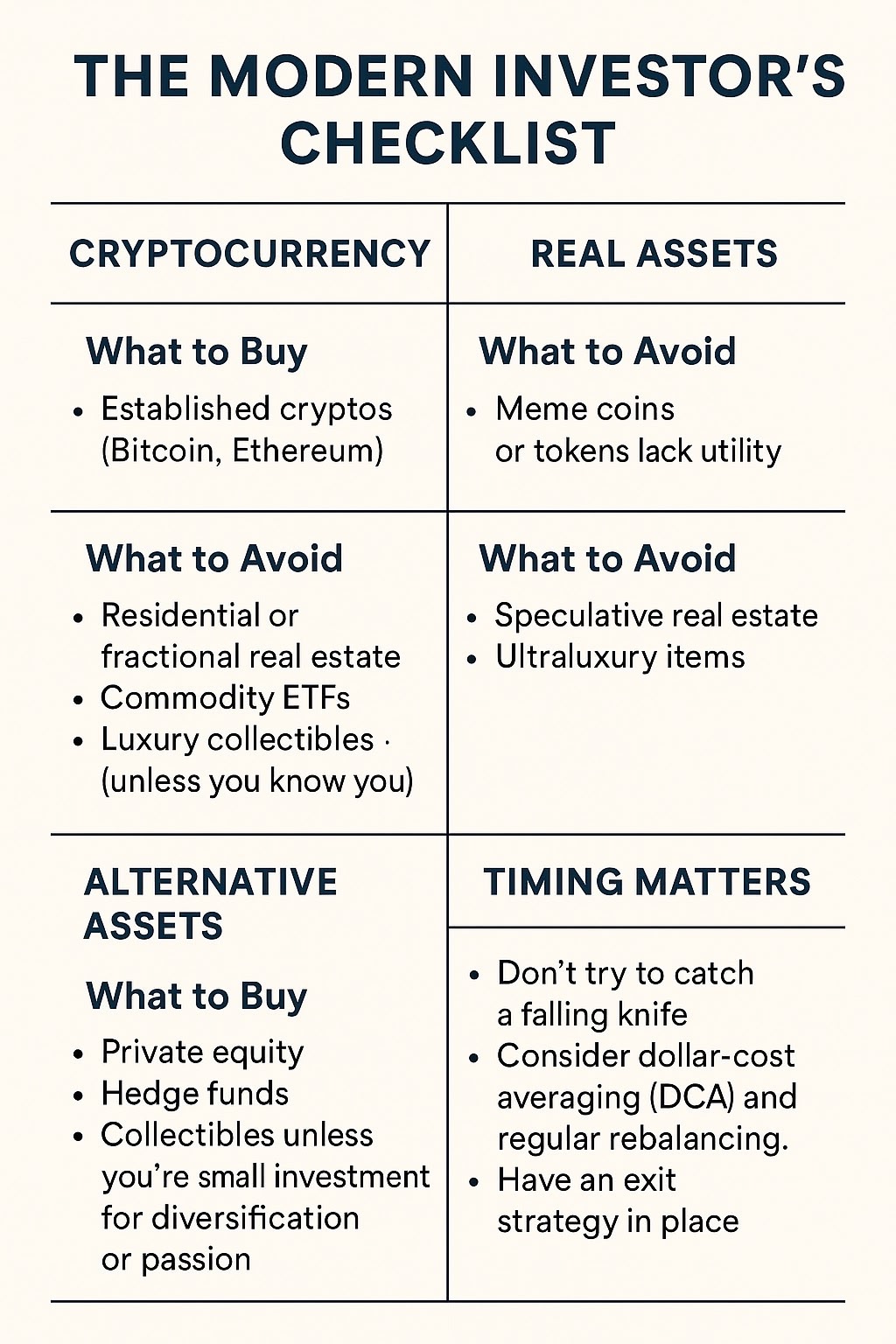The Modern Investor’s Checklist: What to Buy, What to Avoid, and Why Timing Still Matters
In a 24/7 world, today’s investor is faced with more opportunities and more noise than ever before. From traditional stocks and bonds to digital assets and collectible sneakers, the landscape is rife with “next big things.” But smart investing is less about following hype and more about knowing when to buy, diversification, and judgment.

Table of Contents
The Emergence and Revolution of Cryptocurrencies
Cryptocurrencies are digital assets that are built on blockchain technology, and they have been designed to be used as alternatives to traditional money and financial systems. While Bitcoin and Ethereum are the most popular, there are utility tokens, stablecoins, and now a wave of meme coins.
One such meme coin that is making waves is Maxi Doge due to its strong community and easy entry point. Unlike previous novelty tokens, it makes it easier for new players to get in.
However, many first-time investors are not familiar with the basics, how to purchase, store, and use this token safely. To assist, users will often turn to forums, explainer videos, and expert guides that provide an official tutorial to buy Maxi Doge. These tools are demystifying crypto for a new generation of investors who are entering the space for the first time.
Innovation and Stability: Equities
Stocks are still a core of any investment portfolio, but the game has changed. Passive index investing is still relevant, but thematic and sector-specific plays are becoming more popular, think green energy, AI, and cybersecurity.
However, the stock market is not a game of random guessing for winners. Buying the companies that have good fundamentals, predictable cash flows, and a moat in their industry is how you gain resilience.
What to Buy:
- Index funds (e.g., S&P 500, MSCI World)
- Dividend-paying blue chips
- Sector ETFs based on secular trends (e.g. clean tech, semiconductors)
What to Avoid:
- Penny stocks and volatile IPOs that have no clear route to profitability
- Companies that have a lot of high-interest debt
- Stocks that break out on news but have no fundamentals to back them up
Real Assets: Physical Assets, Commodities and Real Estate
While not as attractive as digital assets, real assets such as real estate and commodities are still important. In inflationary times they tend to be used as a hedge. With the emergence of fractional ownership and REITs, investors have access to property markets with reduced capital requirements.
Gold, silver, and even farmland are making a comeback among modern investors as diversification tools. They don’t generate income like equities but they provide a cushion against downside risk.
What to Buy:
- Real Estate Investment Trusts (REITs)
- Physical Gold or Gold ETFs for Inflation Hedging
- Agricultural land through fractional platforms or funds
What to Avoid:
- Overleveraged real estate in a volatile market
- High-cost commodity funds that are illiquid
- Luxury collectibles – unless you know your stuff
Alternative Assets: Art, Sneakers, and Startups
The internet has made it possible to invest in fractions of all types of tangible and intangible assets. From startup crowdfunding to luxury watches to even rare Pokemon cards, “alternative” is now mainstream.
These assets are high-risk, high-return. They are often illiquid and not easily valued. Unless you’re making small investments for diversification or passion, be careful.
What to Buy (with caution):
- Equity crowdfunding vetted startups
- Blue-chip art through transparent and insured platforms
- Sneakers or collectibles with historical price trends
What to Avoid:
- Avoid collectibles that have no historical data and are based solely on hype
- Crowdfunding campaigns that promise the moon
- Owned assets that are not easily sold or verified
Why Timing Still Matters
No matter what you invest in, timing is a make or break factor. The ruin of many investors is that they attempt to purchase a downtrend with no plan.
Rather than trying to predict market bottoms or tops, you can try strategies such as:
- Dollar-Cost Averaging (DCA): Making regular investments of a fixed dollar amount to smooth market fluctuations.
- Rebalancing: Rebalancing your portfolio periodically to ensure you stay at your target allocation.
- Exit Strategy: Why and When to Sell an Asset Before You Buy It
No matter how fashionable an asset may be, it will still be subject to market cycles, interest rates, and macroeconomic trends that dictate price behavior. The disciplined investor makes their decisions based on data, not drama.
Conclusion: The North Star for the Modern Investor

The modern investor is no longer simply a trader, but a strategist. They understand that diversification is insurance, time is everything, and hype is a distraction. We have more access to the market than ever before, and with access comes responsibility.
Be certain you know what you are buying, why you are buying it, and when you should act. Invest in assets that you are comfortable with based on your risk tolerance and your long-term goals, not short-term headlines.
Smart investing is not about something that is the hottest tip. It means making sure your money works for you through a checklist that keeps your money aligned with your mindset.